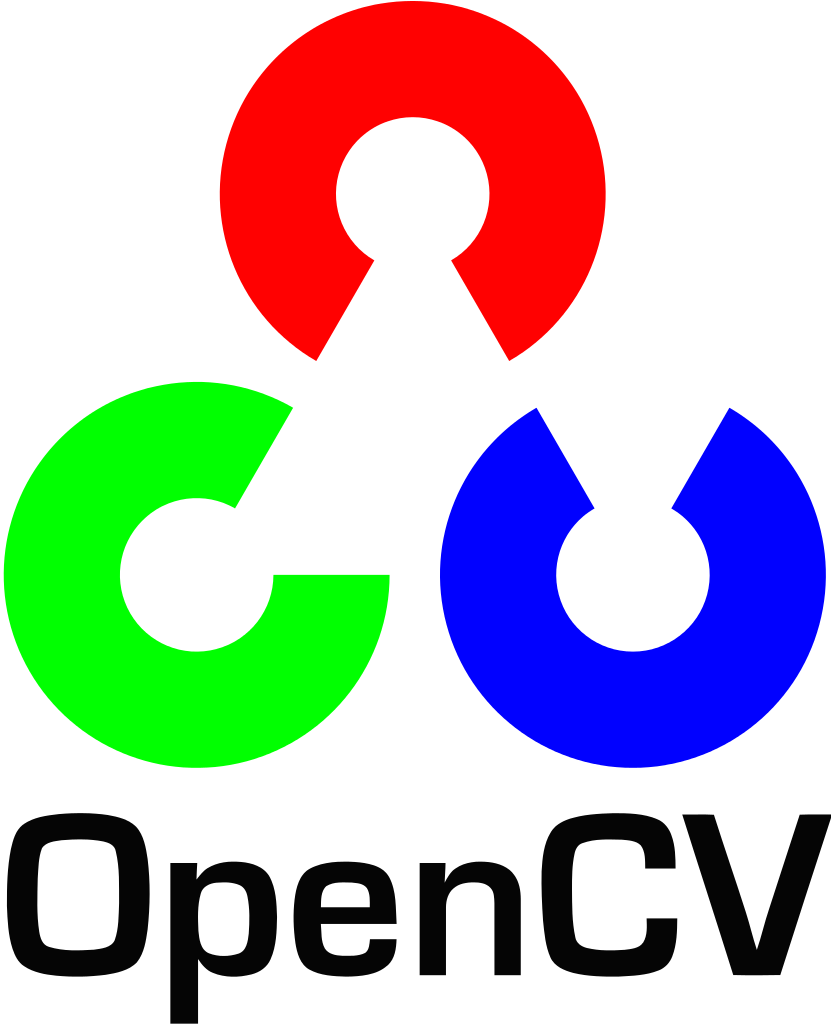What is Artificial Intelligence Development?
Artificial Intelligence Development is the process of designing and building a simulation of human intelligence process by machinces. Expert systems, natural language processing, speech recognition, and machine vision are some examples of specific AI applications.
Technology Stack
Some of our technology stack in relation to AI development includes available libraries and frameworks like Tensorflow, OpenCV, Scikit Learn and Py Torch along with many others. We also use python and c# as a base programming language during development.






Computer Vision
Computer vision is a branch of artificial intelligence (AI) that enables computers and systems to extract useful information from digital photos, videos, and other visual inputs and to execute actions or make recommendations based on that information. If AI gives computers the ability to think, computer vision gives them the ability to see, observe, and comprehend. At Crimson Tech we develop models for real life scenarios, with the motive of enabling our clients with the power AI to capture useful information to fast-track decision-making.
Chatbots
Software programs called chatbots mimic human conversation. In order to simulate real-world interactions and respond to customer inquiries, they adhere to a set of pre-designed rules. Additionally, chatbots that employ artificial intelligence (AI) and natural language processing (NLP) are able to interpret these exchanges almost as well as a humans.
Using chatbots, you can immediately engage website visitors with personalized messaging. Depending on your target market's demographics, where they came from, the content they are engaging with, and where they are in the purchasing process, you may create customized chatbots for each page of your website or audience.
Virtual Assistant
Intelligent Personal Assistants (IPA), also referred to as Intelligent Virtual Assistants (IVA), are AI-powered agents that can generate personalized responses by drawing on contexts like customer metadata, previous conversations, knowledge bases, geolocation, and other modular databases and plug-ins.
Although Virtual Assistants incorporates machine learning, AR/VR, data science, and next-generation analytics, AI assistant technology is similar to traditional chatbots in many aspects. While traditional chatbots are capable of answering questions using Markov chains and other similar techniques, the dynamic insights produced by intelligent virtual assistants much outweigh their static responses.
Machine Learning
With the use of machine learning (ML), which is a form of artificial intelligence (AI), software programs can predict outcomes more accurately without having to be explicitly instructed to do so. In order to forecast new output values, machine learning algorithms use historical data as input.
Machine learning relies on input, such as training data or knowledge graphs, to comprehend things, domains, and the connections between them, much to how the human brain acquires information and understanding. Entities must be defined before deep learning can start. The first step in machine learning is observation or data, such as examples, first-hand knowledge, or instructions. It searches for patterns in the data so that it can later draw conclusions from the supplied instances. The main goal of ML is to make it possible for computers to learn on their own, without aid from humans, and to adapt their behavior accordingly.
Our clients include:





